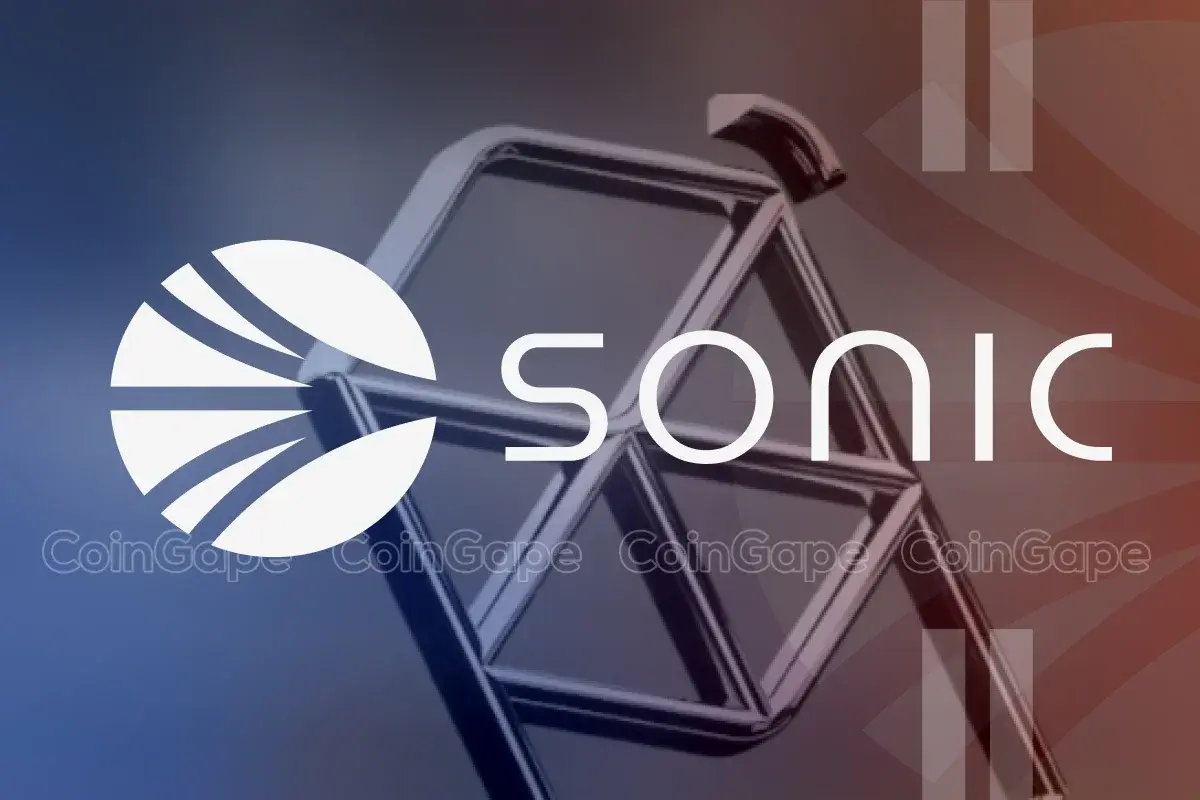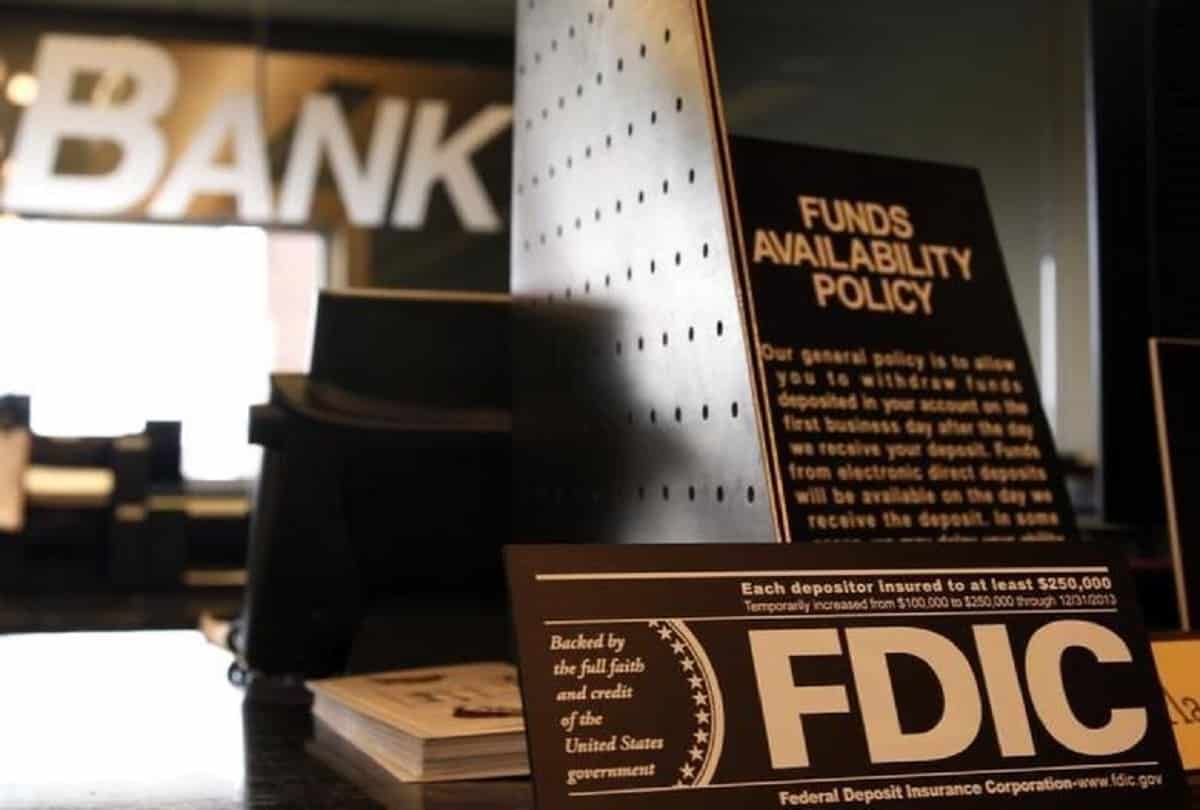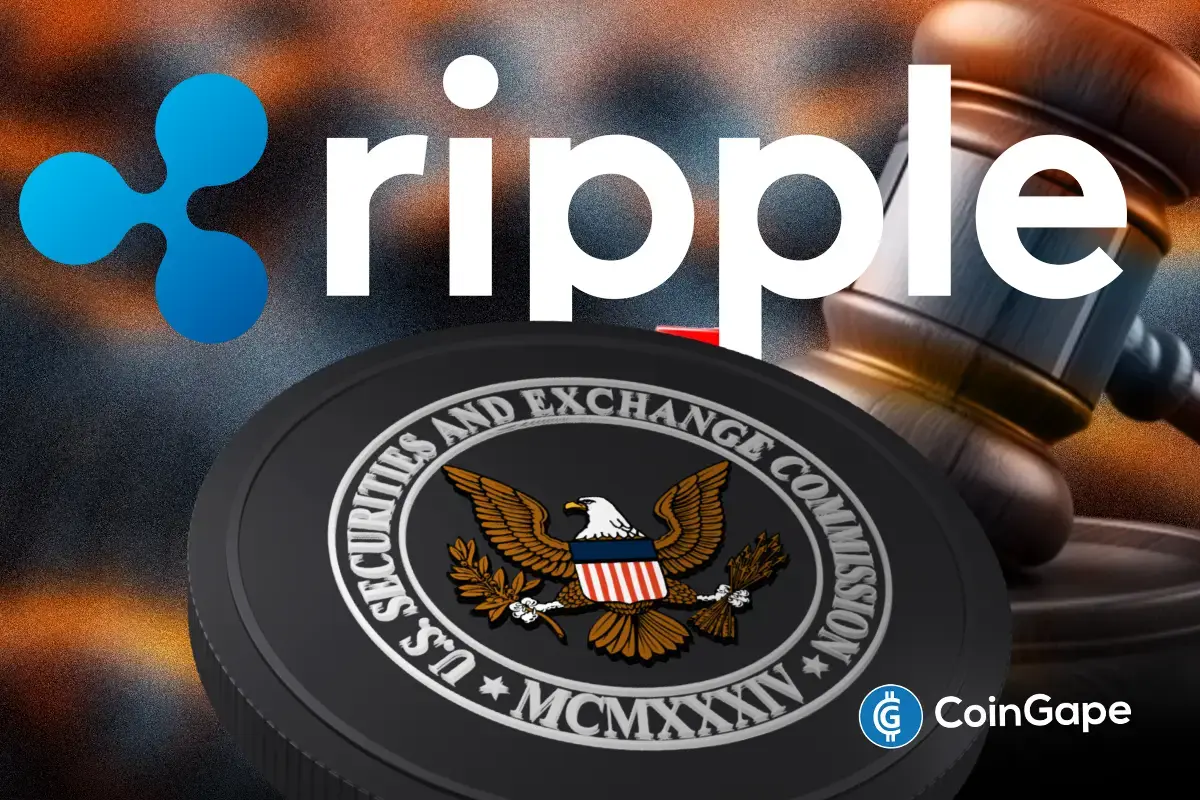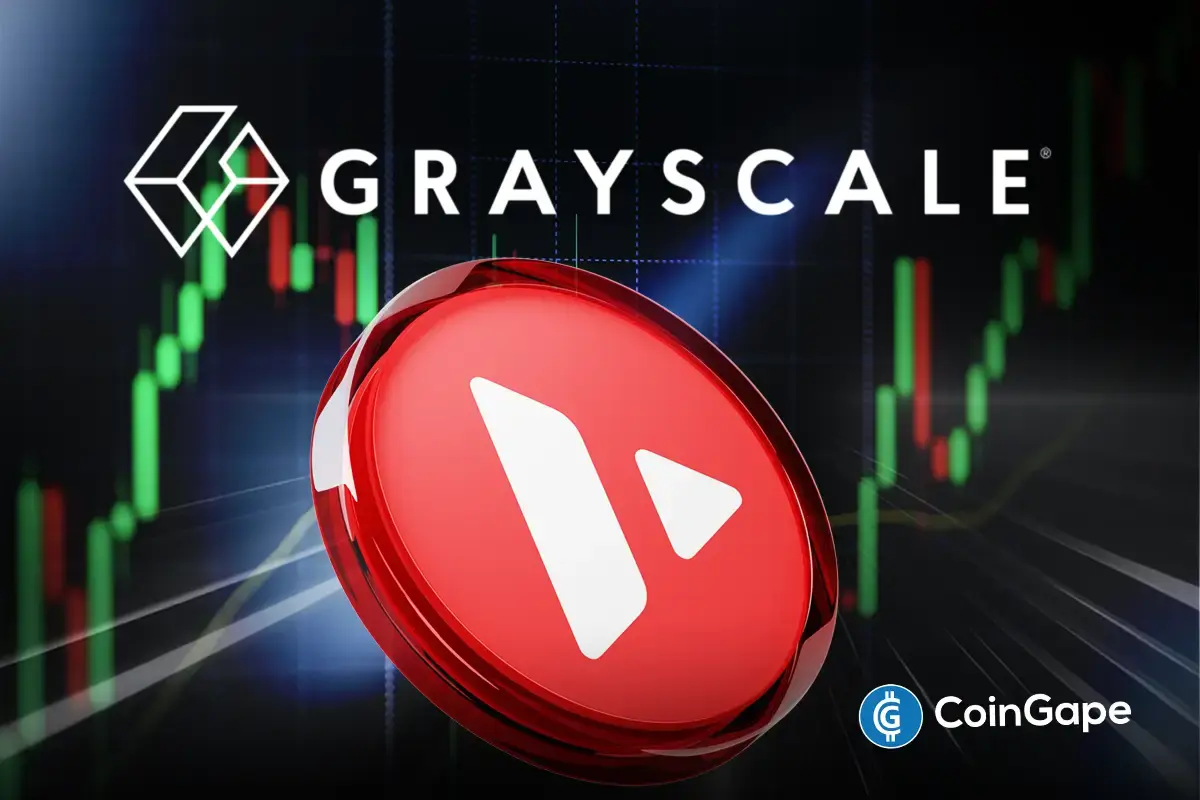Regulation
Ripple CEO Brad Garlinghouse Hints At Main Reason Behind XRP Rally

Ripple CEO Brad Garlinghouse has suggested that XRP’s dramatic price rally can be attributed to shifting regulatory dynamics in the United States. Following the resignation announcement of SEC Chair Gary Gensler and Ripple’s significant legal victory against the SEC earlier this year, XRP has experienced an extraordinary surge.
Brad Garlinghouse, alongside Ripple’s Chief Legal Officer (CLO) Stuart Alderoty and lawyer Bill Morgan, has emphasized that these developments have set the stage for unprecedented growth in the crypto industry.
Ripple CEO Hints At Main Reason Behind XRP Rally
Ripple CEO Brad Garlinghouse pointed to the resignation of SEC Chair Gary Gensler as a pivotal moment for the cryptocurrency market, including Ripple. Gensler, whose tenure has been marked by aggressive regulatory actions against crypto, announced he would step down in January 2025.
This decision coincides with the election of pro-crypto U.S. President-elect Donald Trump, who has promised to foster a more favorable regulatory environment.
Garlinghouse tweeted, “After Gensler, all boats rise,” referring to the industry-wide optimism sparked by this leadership change. Ripple CLO Stuart Alderoty echoed this sentiment, stating, “The only ‘efforts of others’ that truly moved crypto markets—by causing massive and prolonged artificial suppression—were those of the SEC.” Many in the industry see Gensler’s departure as marking the end of what they view as an era of legal hostility toward cryptocurrency projects.
XRP’s Bullish Momentum Hits Multi-Year Highs
XRP has reached a six-year price high, climbing to $2.71, with a market cap exceeding $150 billion. Ripple’s legal victory against the SEC earlier in the year was a critical turning point for the asset, cementing its status as a leader in the crypto market.
Ripple CEO Brad Garlinghouse attributed much of XRP’s rally to renewed investor confidence following the legal win and broader market optimism.
Ripple lawyer Bill Morgan highlighted the SEC’s misstep in its handling of the Ripple case, stating, “The SEC made a huge mistake not seeking a penalty in XRP rather than USD.” This legal outcome has energized Ripple and its supporters, with the XRP community celebrating the end of what they perceive as a lengthy period of regulatory suppression.
Institutional Demand Drives Market Gains
The growing demand for XRP among institutional investors has also played a significant role in its price surge. Coinbase, one of the largest U.S. cryptocurrency exchanges, reported a price premium for XRP over the past 30 days, indicating strong buying interest from U.S.-based investors.
According to Ki Young Ju, CEO of CryptoQuant, this premium has ranged from 3% to 13%, underscoring robust demand for the digital asset.
Meanwhile, Ripple’s market momentum has encouraged traditional financial firms to explore XRP-related products. Investment management company WisdomTree recently filed for an XRP Exchange-Traded Fund (ETF) with the SEC, joining other firms such as Bitwise and 21Shares.
Disclaimer: The presented content may include the personal opinion of the author and is subject to market condition. Do your market research before investing in cryptocurrencies. The author or the publication does not hold any responsibility for your personal financial loss.
Regulation
US SEC Drops Charges Against Hawk Tuah Girl Hailey Welch

Hawk Tuah girl Hailey Welch, known for her association with the controversial $HAWK token, has been cleared of any wrongdoing after a lengthy investigation by the U.S. Securities and Exchange Commission (SEC). The SEC has decided not to press charges against Welch in connection with the rapid rise and subsequent collapse of the meme-based cryptocurrency.
US SEC Investigation Into Hawk Tuah Girl Concludes Without Charges
The SEC had launched an investigation into the $HAWK token after its dramatic price drop. The token, which was linked to Welch’s viral persona, initially saw a market cap surge to $490 million before crashing by over 90%. Investors who were impacted by the crash filed a lawsuit against those behind the project, alleging that the coin had been promoted and sold without proper registration.
Hawk Tuah girl Hailey Welch, who cooperated fully with the investigation, expressed relief after the SEC’s decision. “For the past few months, I’ve been cooperating with all the authorities and attorneys, and finally, that work is complete,” Welch told TMZ.
Her attorney, James Sallah, confirmed that the SEC had closed the case without any findings against her, adding that there would be no monetary sanctions or restrictions on Welch’s future involvement in cryptocurrency or securities.
This Is A Developing News, Please Check Back For More
Disclaimer: The presented content may include the personal opinion of the author and is subject to market condition. Do your market research before investing in cryptocurrencies. The author or the publication does not hold any responsibility for your personal financial loss.
Regulation
Sonic Labs To Abandon Plans For Algorithmic USD Stablecoin, Here’s Why

Barely a week after hinting at launching an algorithmic USD stablecoin, Sonic Labs is shuttering its plans. Sonic Labs co-founder Andre Cronje revealed that incoming stablecoin regulation in the US contributes to the change of stance.
Sonic Labs Makes U-Turn Over Algorithmic USD Stablecoin
In mid-March, Sonic Labs disclosed plans for a yield-generating algorithmic stablecoin for its blockchain. However, new developments in the US regulatory landscape are forcing the company to ditch its algorithmic stablecoin ambitions.
Sonic Labs co-founder Andre Cronje confirmed the change in direction via an X post following the release of the full draft of the STABLE Act by Congress for clearer oversight. According to the text, lawmakers are pushing for a two-year moratorium on algorithmic stablecoin, souring Sonic Labs plans.
Unlike mainstream stablecoins backed by fiat or other commodities, algorithmic stablecoins rely on smart contracts to maintain their peg. The 2022 implosion of Terra’s ecosystem following the de-pegging of its TerraUSD (UST) algorithmic stablecoin stunned regulators.
“We will no longer be releasing a USD-based algorithmic stablecoin,” said Cronje.
In a light-hearted note, community members teased potential strategies for Sonic Labs to sidestep incoming stablecoin regulation. Apart from the loophole of launching the algorithmic stablecoin before the regulation goes live, Cronje teased an algorithmic dirham that will be denominated in USD.
Industry Players Are Bracing For New Stablecoin Regulations
Stablecoin issuers are steeling themselves for incoming stablecoin regulations in the US. While the GENIUS Act and STABLE Act continue to inch forward, there are common denominators in both bills.
For starters, there is the requirement for equivalent reserves at a 1:1 ratio with both bills steering clear of algorithmic stablecoins. The White House is favoring the GENIUS Act over the STABLE Act as lobbyists rally to stifle the possibility of a Conference Committee.
Authorities are targeting stablecoin regulation to reach Trump in two months as issuers jostle for position. Tether, Circle, and Ripple are staking their claims to lead the US government’s ambitions to rely on stablecoins to maintain the dollar’s dominance.
Disclaimer: The presented content may include the personal opinion of the author and is subject to market condition. Do your market research before investing in cryptocurrencies. The author or the publication does not hold any responsibility for your personal financial loss.
Regulation
FDIC Revises Crypto Guidelines Allowing Banks To Enter Digital Assets

The Federal Deposit Insurance Corporation (FDIC) has updated its guidelines, enabling banks to engage in cryptocurrency-related activities without seeking prior approval. This new policy shift signals a change in the FDIC’s approach to the growing role of digital assets in the banking sector.
New FDIC Guidelines on Crypto-Related Activities
The FDIC has issued a new Financial Institution Letter (FIL-7-2025), which provides updated guidance for banks looking to engage in cryptocurrency activities. The new guidance rescinds the previous policy set out in FIL-16-2022, which required banks to notify the FDIC before engaging in such activities.
Under the new rules, banks can now participate in permissible crypto-related activities without waiting for FDIC approval, as long as they manage the risks appropriately.
This change is seen as a shift in the FDIC’s stance, following the agency’s earlier stance that required prior approval for crypto engagements. FDIC Acting Chairman Travis Hill expressed that this new approach aims to establish a more consistent framework for banks to explore and adopt emerging technologies like crypto-assets and blockchain.
“With today’s action, the FDIC is turning the page on the flawed approach of the past three years,” said Hill in a statement.
This Is A Developing News, Please Check Back For More
Disclaimer: The presented content may include the personal opinion of the author and is subject to market condition. Do your market research before investing in cryptocurrencies. The author or the publication does not hold any responsibility for your personal financial loss.
-

 Market23 hours ago
Market23 hours ago$14 Billion in Bitcoin and Ethereum Options Set to Expire Today
-

 Market22 hours ago
Market22 hours agoDogecoin (DOGE) Faces Market Correction—Will Buyers Step Back In?
-

 Bitcoin22 hours ago
Bitcoin22 hours agoStrategic Bitcoin Reserve Proposed by Brazil’s VP Advisor
-

 Market20 hours ago
Market20 hours agoXRP Price Slides Slowly—Is a Bigger Drop Coming?
-

 Market16 hours ago
Market16 hours agoHedera Falls 4% as Bears Dominate: What’s Next for HBAR?
-

 Altcoin16 hours ago
Altcoin16 hours agoWhy the US SEC Is Delaying the Ripple Case?
-

 Ethereum16 hours ago
Ethereum16 hours agoEthereum Fails To Break $2,100 Resistance – Growing Downside Risk?
-

 Market15 hours ago
Market15 hours agoAnalysts Reveal Q2 Crypto Market Outlook: BTC at $200,000?






















✓ Share: